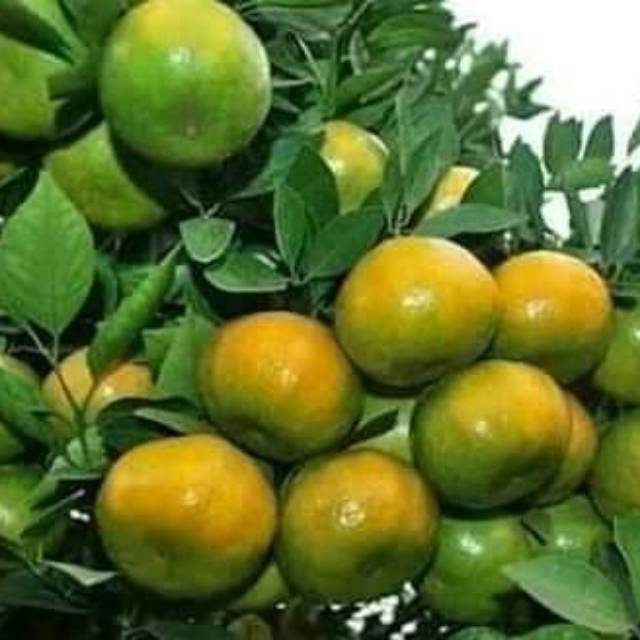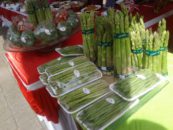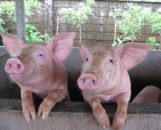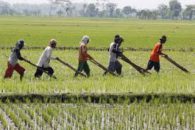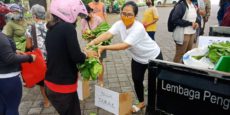Widespread reduced purchasing power among local consumers in Bali is being felt by orange producers in the Rendang District of Karangasem Regency in Bali. Orange farmers now encounter difficulties in selling this year’s bountiful harvest of Highland Tangerines (Jeruk Siam Madu).
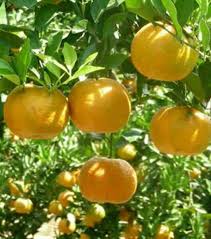
As reported by NusaBali, while in year’s past, farmers would sell their citrus fruits from roadside stands, at local markets, and local festivals – now, all these outlets have either disappeared or been greatly diminished. Similarly, the selling price for oranges has plummeted from Rp. 30,000 to around Rp. 20,000 per kilo.
I Gusti Ngurah Alit, a local agro-businessman from Banjar Palak in the Village of Besakih, confirmed prices have dropped by one-third in Bali’s current lackluster economy.
Looking toward the future, Alit is expanding his current acreage to dedicate the land to planting more oranges. Seedlings acquired from Malang, East Java, will expand his current 60 are (6,000 square meters) orange plantation to a full hectare. It usually takes at least two years for a newly-planted orange seedling to bear fruit. The decision to undertake new plantings is based on past seasons when the demand for “Jeruk Manis” exceeded supplies.

The elevated altitude of the areas surrounding Kintamani in Bali are well-suited to the cultivation of the juicy, sweet Highland Tangerine know locally as Jeruk Manis.
Given the Balinese people’s current lack of purchasing power, this year’s bountiful harvest may waste if market conditions do not soon improve.

